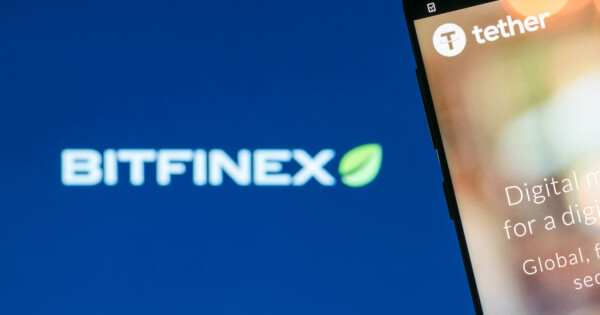Peter Zhang
Oct 02, 2024 09:17
Bitcoin (BTC) surges 26.2% since early September, hitting $65,000. Historical trends suggest October could be a bullish month, according to Bitfinex Alpha.
Bitcoin (BTC) has experienced a significant rally, increasing by 26.2% from its low of $52,756 on September 6, surpassing the $65,000 mark and breaking its previous high from August 25. This marks the first time Bitcoin has exceeded a local peak since March 2024, aligning with historical trends that label October as a profitable month for Bitcoin with an average increase of 27.7%, according to Bitfinex Alpha.
Market Dynamics
This upward movement has bolstered investor optimism for potential future gains, especially with the approaching fourth quarter, which historically yields substantial profits. Despite reclaiming key on-chain levels such as the Short-Term Holder Realized Price (currently $62,750), there are signs of caution. The spot market buying, which was robust since the September 6th low, has now cooled off, suggesting the market might be taking a breather.
The open interest (OI) for BTC has surged past $35 billion, a level often associated with previous price peaks. While this raises concerns about an overheated market, a slight correction of 5-10% could alleviate the OI without disrupting the overall uptrend. Bitcoin remains within the $50,000 – $68,000 range, similar to 2020. If history repeats itself, Bitcoin could reach new highs by the end of Q4 2024 or early 2025, supported by reduced Bitcoin reserves on exchanges and lower selling pressure.
Economic Context
The U.S. economic scenario in August and early September was mixed. Inflation has eased, showing the smallest annual increase in over three and a half years, indicating a stabilizing economy. Economic growth is robust, with Q2 2024 GDP rising 3% annually. However, consumer confidence, recorded before the Federal Reserve announced interest rate cuts this month, saw a significant drop in September, the largest in three years, primarily due to labor market concerns.
Interestingly, the number of households planning to purchase homes in the next six months has increased, signaling a potential economic recovery. Meanwhile, the crypto world remains vibrant. U.S. businesses can now buy, sell, hold, and transfer cryptocurrencies, though concerns about the non-custodial nature of these models persist. Platforms like PayPal are criticized for being too centralized, contrary to the decentralized ethos of cryptocurrencies.
Regulatory and Business Developments
Vice President Kamala Harris has pledged to enhance U.S. leadership in emerging technologies, including blockchain and cryptocurrencies, as part of her vision for an ‘opportunity economy’ to boost national competitiveness in the digital age.
On the business front, Ethena is set to launch a new stablecoin, UStb, backed by BlackRock’s Institutional Digital Liquidity Fund in collaboration with Securitize. This stablecoin offers a more stable alternative to their existing USDe and can be used as margin collateral on exchanges, catering to investors with different risk appetites. Overall, the market is bustling with changes, promising an exciting future for cryptocurrencies.
Image source: Shutterstock









